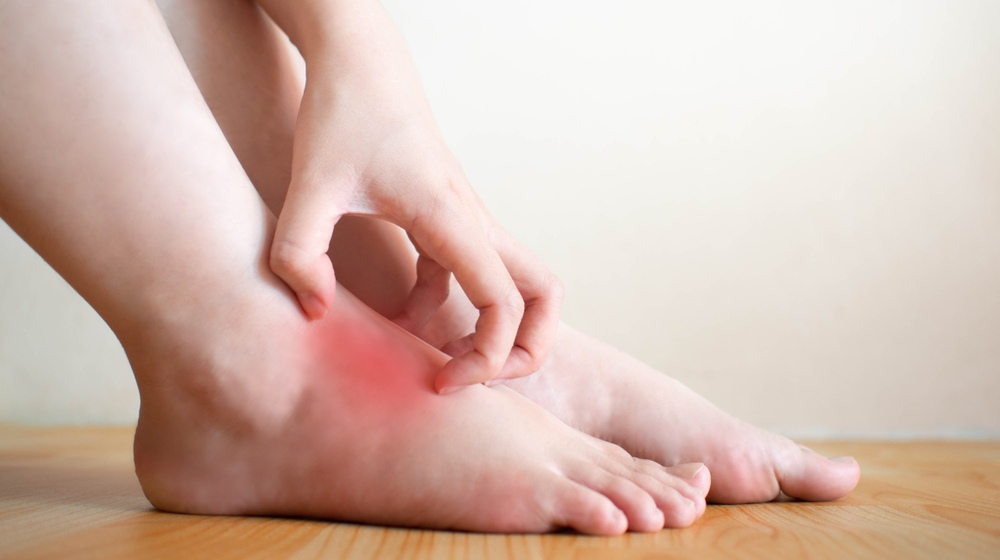Your body is a set of interconnected symptoms. And your skin may act as an early warning signal for diabetes symptoms.
Have you observed your skin lately?
RELATED: Foods Everyone With Diabetes Should Keep In Their Kitchen
Diabetes Symptoms | What Your Skin Is Actually Telling You
Click here to jump to the infographic
1. Thickened Skin
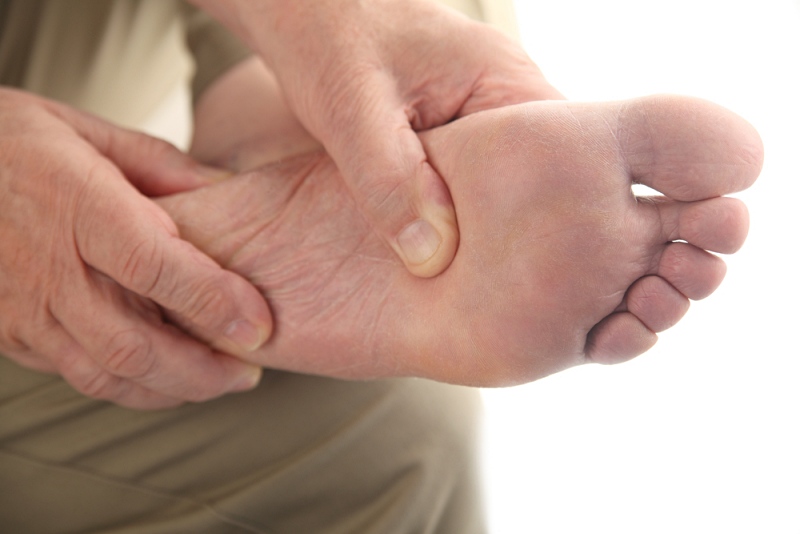
Have you noticed thick patches of skin on your hands or feet? Feel and observe your fingers and toes. If you see them check if they may have spread to your face, back, and shoulders.
The medical term for hard and thickened skin is digital sclerosis.
It is not painful, but it could limit your mobility. Your fingers may feel stiffer, making it harder to wiggle and move them.
See a doctor to have your blood sugar levels checked.
In the meantime, a dermatologist may recommend some lotions and creams that may help soften and moisturize your skin.
2. Blisters
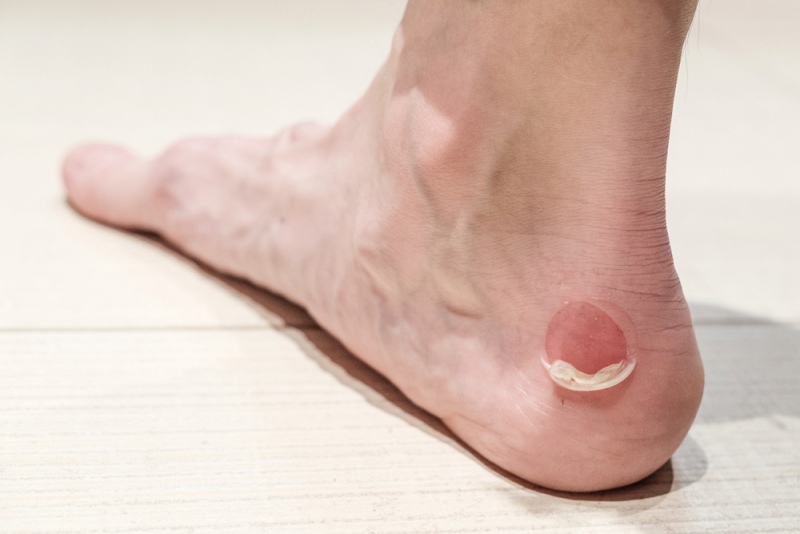
Do you experience recurring blisters? They may come and go and grow at various sizes along your arms, hands, legs, or feet.
Unlike the blisters you get from burns, blisters from diabetes are not painful. However, they can grow pretty big with a size ranging between 0.5 cm – 5 cm.
The medical term for this is bullosis diabeticorum or diabetic bullae.
It is more common in men and with those with type 1 diabetes. It may also onset anywhere between 50-70 years old.
As they come and go without treatment, you only need to protect the skin and ensure the blister does not rupture.
However, this is a sign of poorly managed diabetes and blood sugar levels. You may want to have this checked out by a dermatologist.
3. Skin Tags
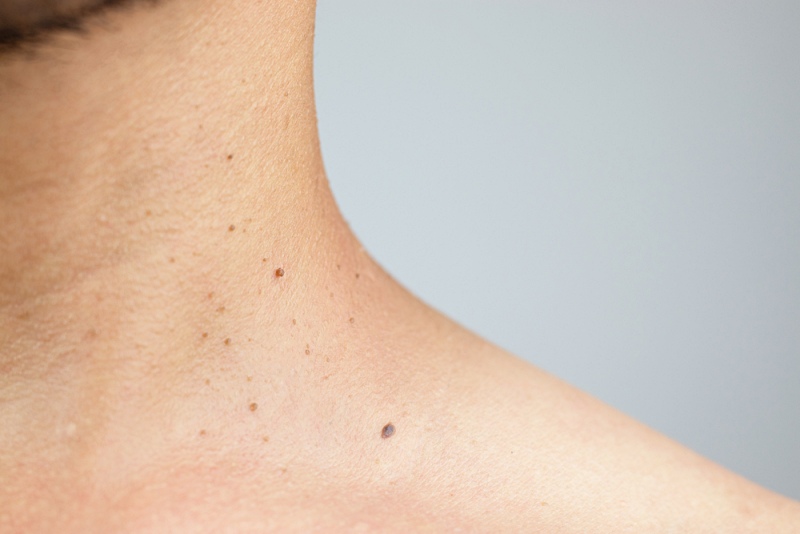
Do you notice soft, brown tissues or growths around your eyes, neck, groin, and armpits?
The medical term for skin tags is acrochordons.
There are other risk factors for skin tags, and not everyone with them should be worried. However, skin tags are prevalent among individuals with type 2 diabetes or high blood sugar. Skin tags are also associated with increasing weight or obesity, which is linked to diabetes.
Some studies say that the number of skin tags you have may be a sign of diabetes symptoms. But it's not clear, and some studies say otherwise.
If you are overweight or have a family history of diabetes and notice some new skin tags, ask your doctor to test you for diabetes. There is no cure for diabetes, so it is best to prevent or catch it early.
Skin tags are harmless, and treatment isn't necessary. But if they're displeasing to you, you can ask your dermatologist to remove them.
4. Spots on the Skin
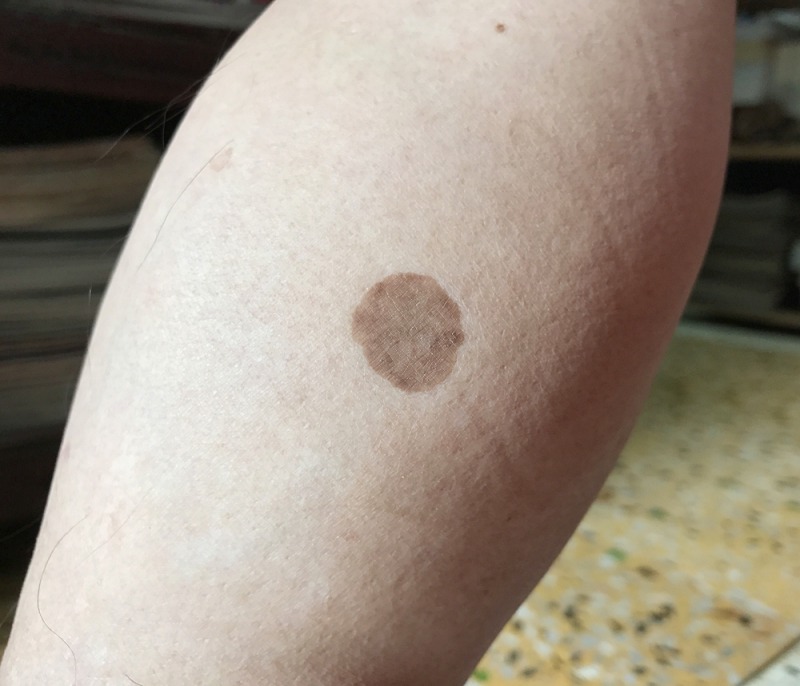
Observe your legs for a group of round spots around your legs.
Not to be confused with age spots, shin spots may go away on their own. There is no precise timeline as to when they fade away. But there is no treatment needed for diabetic dermopathy.
In rare cases, they may be itchy, or you may feel a burning sensation.
While you don't need treatment for shin spots, you may want to show this to your doctor, especially if you are at risk of diabetes.
5. Patches of Yellowish Skin around the Eyes
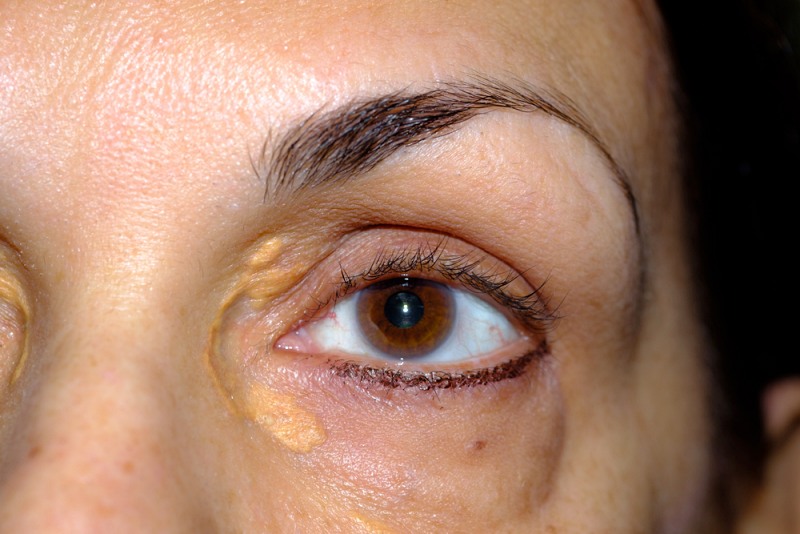
Xanthelasma is patches of yellow plaques around the eyes and eyelids.
It might be a sign that you have too many lipids or fats circulating in your blood, and could be one of the diabetes symptoms.
This is a good sign as any to cut back on fats and to start eating healthily. Get active and get some exercise every day.
These yellow patches could be very visible on your face. Thankfully, there are ways to have them removed.
Treatments for xanthelasma includes:
- surgical excision
- laser therapy
- chemical cauterization
- cryotherapy
RELATED: Top 10 Diabetes Herbal Treatments From Around the World
6. Dry & Itchy Skin
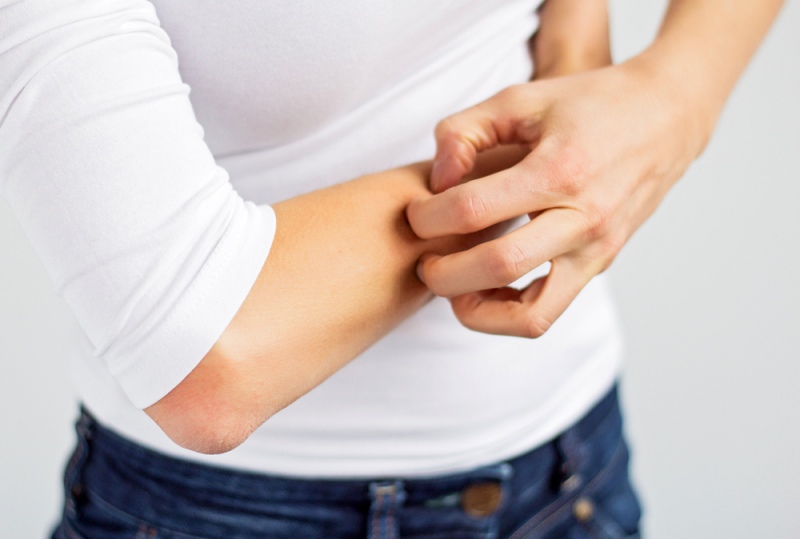
Is your skin abnormally dry skin especially on your feet? Is it also very itchy, especially along your legs and feet?
Around 40% of diabetes patients have xerosis or abnormally dry skin. You may notice that your skin looks scaly and cracked with a rough texture.
You may also experience pruritus or itchiness because of dry skin, an infection, or poor blood circulation.
Use lotions and mild soaps on your skin. Leaving your skin overly dry and itchy may further expose you to skin infections.
7. Dark, Velvety Patches of Skin
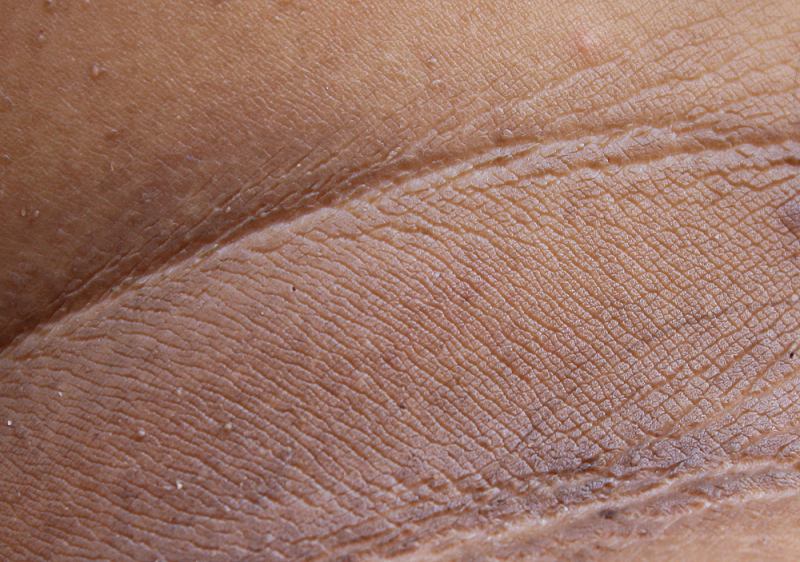
Check the mirror for dark brown patches of skin on your neck, armpits, chest, or groin. These patches may also feel velvety to the touch.
This skin condition is called acanthosis nigricans and is linked to conditions that involve insulin resistance. And this may be a marker for type 2 diabetes.
It is also common among people that are overweight or obese.
There is no cure, but you may improve the appearance by addressing the cause and improving your diet. In the meantime, your dermatologist may also have available treatments to improve the appearance.
8. Fish Scale Skin
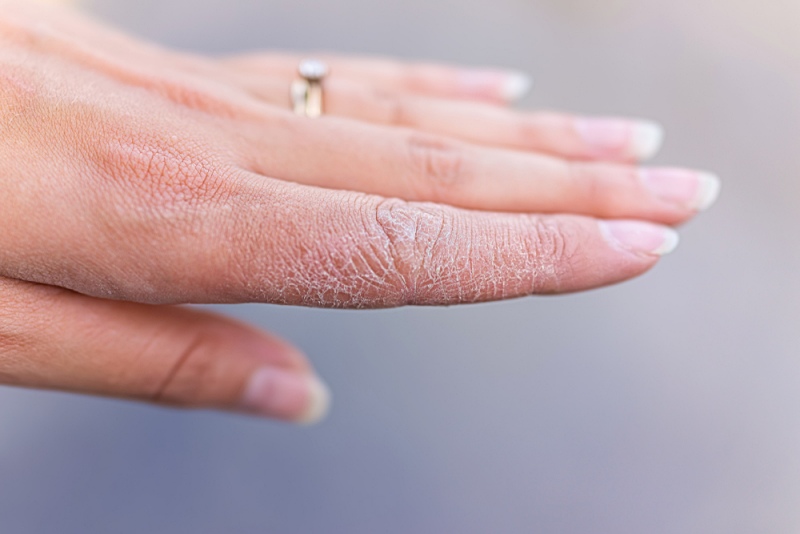
Check your hands, feet, and the front of your shin for sections of dry skin that look like fish scales.
Around 22%-48% of type 1 diabetes patients experience have fish scale skin. It may affect both men and women and may happen in the early stages of diabetes.
You may treat your skin with emollients or keratolytic agents.
Diabetes symptoms such as dryness or scaly skin are hard to catch. It takes an extra bit of vigilance a crucial sign of an incurable condition.
9. Skin Infections
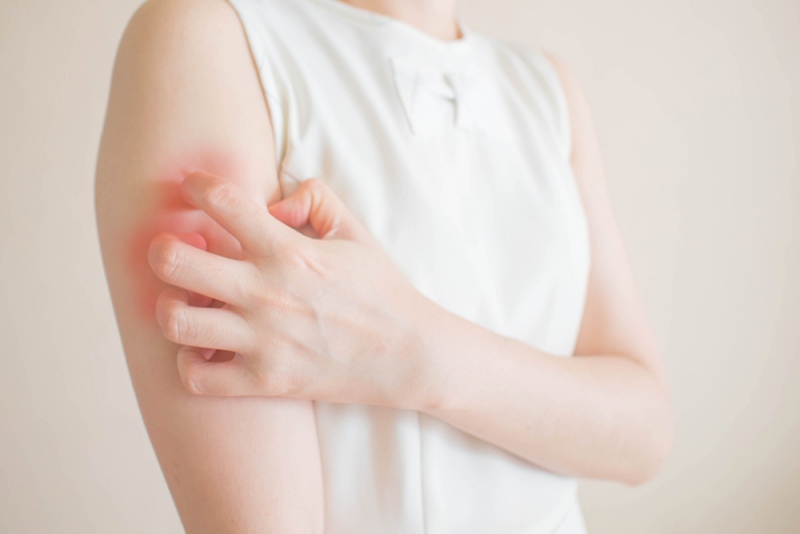
Approximately one in every diabetic patient experiences skin infections.
Having diabetes puts you at a higher risk of skin infections. Moreover, these infections may recur. You may experience them in any part of your body, from your nails to your scalp.
Bacterial foot infection is most common among people with diabetes. When you do not treat infections in time, they may need to be amputated it spreads.
A fungal infection like abnormal web toe may also be a marker for poor glucose metabolism and diabetes.
Here's an infographic guide that you can use. Feel free to download, save and share it with your loved ones: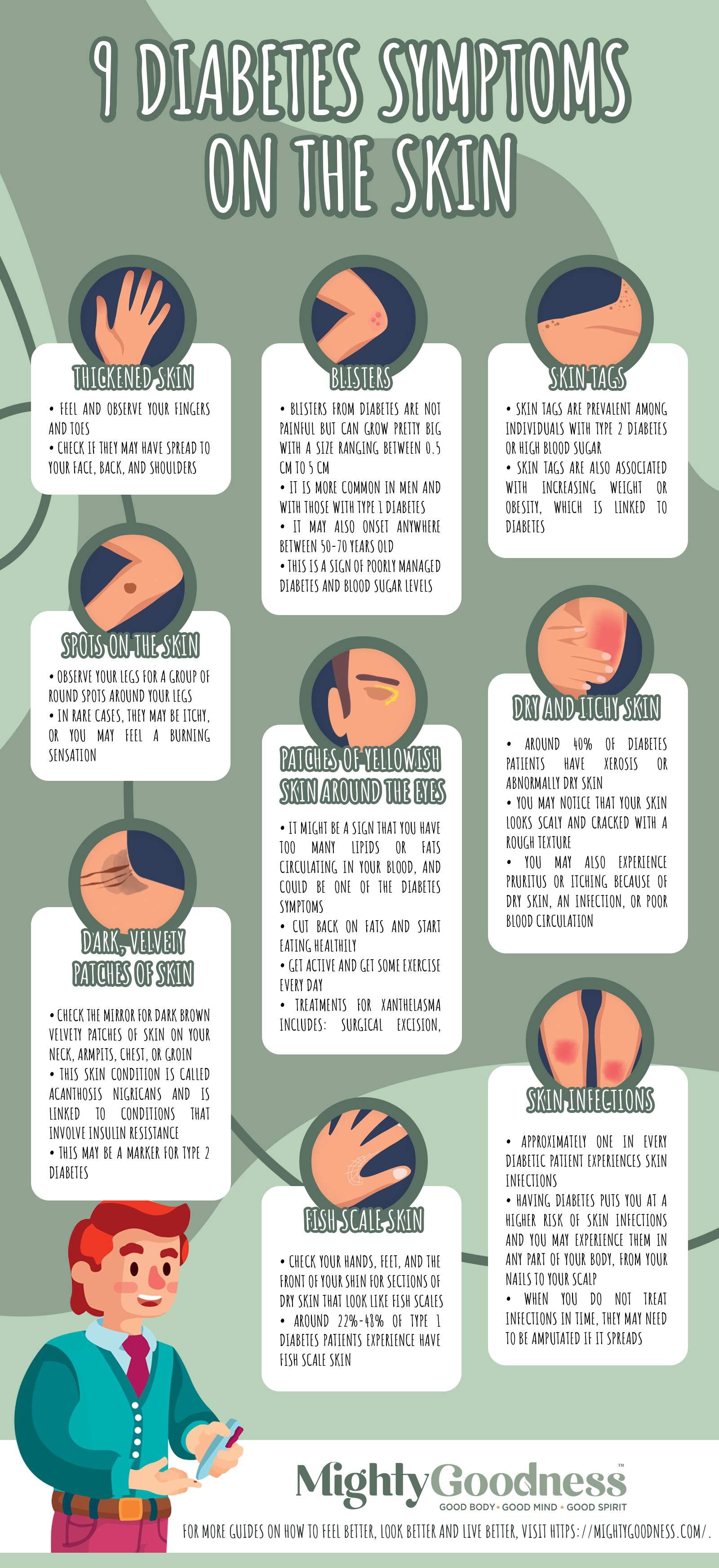
There is no timeline that dictates how long you have to wait until you see a doctor. When you notice irregularities or unusual symptoms, do not hesitate to contact your doctor.
Keep in mind that the best way to beat diabetes is to catch it early. As there is currently no cure, the best tool in your arsenal is to manage it well. And that involves being very observant about what goes on in your body.
Whether you're dangerously close to being prediabetic, diabetic, or have poorly managed diabetes, your skin may be able to clue you in. The skin is the largest organ and could be one of the largest help in letting you know what's going on inside the very organs it's meant to protect.
And that includes diabetes symptoms.
But the best way to stay healthy is to live an active lifestyle and to eat healthily. And when you're treating your body right, it shows up on your skin too!
Check out this video to learn more about what to watch out for:
Pay close attention to sudden changes in your skin. Signs of diabetes are sometimes hard to catch.
Some symptoms may seem ordinary and not worth another glance, but keep in mind that there is no cure for diabetes. So in the case of diabetes, prevention is key.
And your skin could be the master key.
When was the last time you've visited your doctor? Do you think your skin is trying to tell you something? Can you relate to some of these signs of diabetes? Share your thoughts with us in the comments section below!
Up Next:
- The Role of Exercise & Diet In Fighting Diabetes [PODCAST]
- In-Depth Look at Type 2 Diabetes Symptoms and the Effect on Men's Health
- Eating Fast Food Every day | Which Fast Foods Have the Most Toxins?
Please stay connected with us on Facebook, Pinterest, Instagram, and Twitter. Join our community here and Feel Better, Look Better and Live better with us.
Trending
Get Updates
SIGN UP FOR OUR NEWSLETTER TODAY


Anti-Aging Rituals: A Beginner’s Guide to Timeless Beauty!

